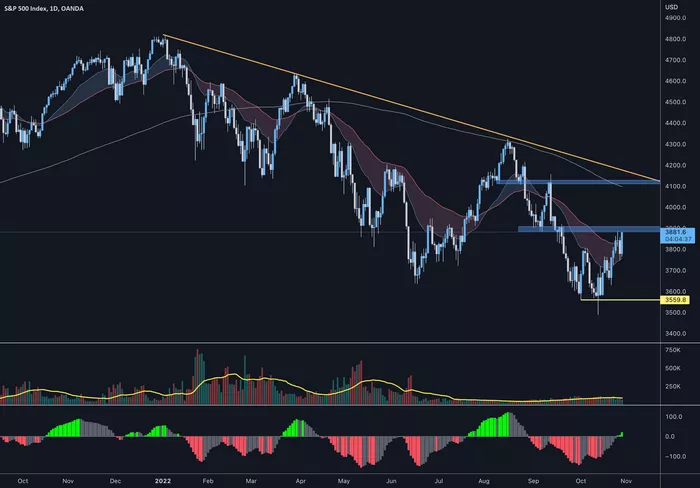Tariff-induced market volatility has many investors and retirees worried about the health of their retirement accounts and other assets. The silver lining? Perhaps a lighter tax bill in 2025. That’s because periods of market volatility offer prime opportunities for tax-loss harvesting, which involves selling some of the investments in a brokerage account at realized losses to reduce or eliminate taxes on other realized gains, said Tyler Horn, director of planning at personal finance app Origin. Those gains could be from the sale of other stocks, real estate or a business.
Despite the potential benefits of tax-loss harvesting, it’s an often underutilized strategy, Horn said.
“By strategically selling investments at a loss, investors can offset capital gains and even reduce their taxable income by up to $3,000 per year,” he said, citing the IRS’s annual limit on how much losses can offset gains. “At the same time, reinvesting in similar assets allows them to take advantage of a market recovery.”
Markets have been volatile over the past week, as President Donald Trump has imposed and then suspended tariffs on many of America’s trading partners (China is a different matter). It’s too early to predict exactly how tariffs and markets will move, so many financial advisors recommend taking a “wait and see” approach when doing most of your financial planning.
Still, tax-loss harvesting can be a good strategy when the stock market is down. In fact, many financial planners have recommended that their clients consider it, since 2024 is a good year for the stock market and tax-loss harvesting can help you reduce your capital gains taxes.
“Tax-loss harvesting is about timing,” says Belinda Herzig, senior wealth strategist at BNY Wealth. She notes that it’s a strategy that can be revisited throughout the year as volatility sets in, not just as a last-ditch effort to save money at the end of the year.
If you still have unused losses after offsetting all gains and $3,000 in income, you can carry them forward to other tax years indefinitely. For example, if you sold some Tesla stock at a loss, you can use those losses in future years.
Follow the Wash Sale Rule
There’s one thing to watch out for when it comes to tax-loss harvesting: the wash sale rule. This basically means that investors can’t buy or sell the same or “substantially identical” investments within 30 days before or after harvesting a loss.
If you purchase the same or similar asset, the tax loss will not be deductible. When making this type of transaction, it is best to work with a financial professional to ensure you do not run afoul of the rules – or, wait 30 days before making any other transactions.
Related topics:































